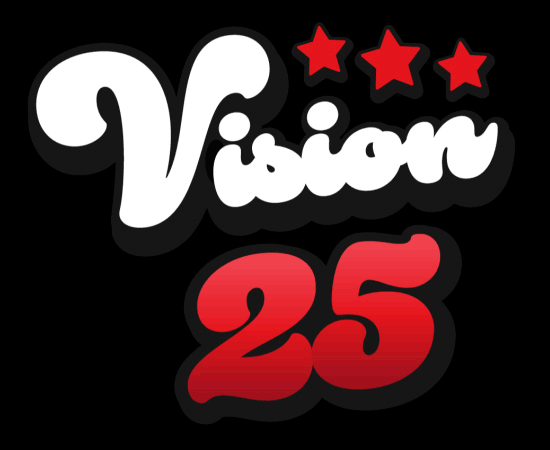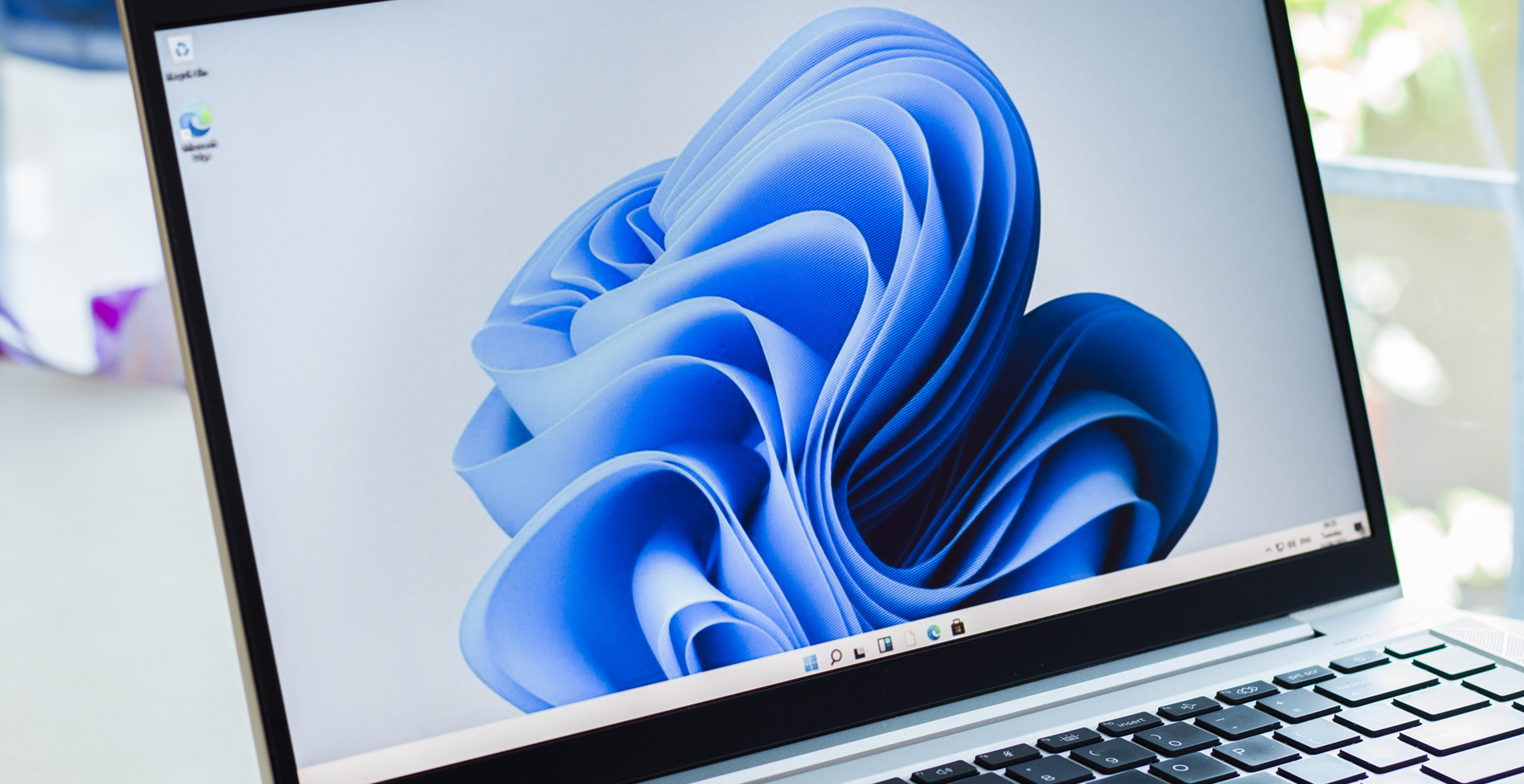Windows 11
The Facts (and What They Mean for Your MSP)
Windows 11 is coming for all to enjoy! Well, for some of us to enjoy. Specifically, those of us with PCs that are equipped with a TPM 2.0 … or is it a TPM 1.2? And just which PCs are those, exactly? Also, when’s the release date? What about the free upgrade? When’s that coming? If you’re an SMB owner, should you hop right on the upgrade, or bide your time and milk the continued support of Windows 2010 for all it’s worth?
There’s a swarm of questions surrounding the imminent release of Microsoft’s brand new operating system, and like any good swarm, it’s creating quite a buzz. At times like this, it can be edifying to step away from the fray and take inventory of the facts at hand. So, what do we know about Windows 11—and what are we still waiting to find out? And how should owners of IT service providers be feeling about all of this? More importantly, what should they be doing?
What We Know (and Don’t Know) about Windows 11
Release Date
Microsoft announced that its new operating system will be here by “the holidays.” Most agree that it will happen sometime between October and December, although a growing chorus online is converging on a much more specific release date: October 20.
And just how did they come up with that? Well, they noticed a clock—the one in the snapshots featured on Microsoft’s announcement blog post for Windows 11. The snapshots show off various aspects of the company’s snazzy new UI. And it just so happens that the time shown in every single one of them is 11:11 a.m. The date’s also the same in all of them: October 20, 2021.
Coincidence? Or is Microsoft showing us instead of telling us that Windows 11 is dropping on October 20?
Honestly, no one knows—except for maybe a few select people over at Microsoft. We’ll just have to wait and see. We’ll also have to wait and see when exactly the free upgrade will be available (the “by the holidays” refers to new machines that come with Windows 11); at this point, all Microsoft has told us is to expect the free upgrade by early next year.
System Requirements
This is where things get messy. Microsoft didn’t exactly set a reassuring tone at the outset; with unclear documentation, evasive public statements, and a PC Health Checker app that just didn’t work, the company almost seemed intent on stirring up confusion and frustration. No such thing as bad press, right?
But clarifications have been made, specifications drawn up, documentation altered. Here’s what we now know—and what we don’t:
The following system requirements might not be set in stone, but they don’t seem to be up in the air, either. So, until notified to the contrary, we can assume that PCs will need to tick all the following boxes to be able to run Windows 11:
- Processor: 2 or more cores running at 1+ GHz
- Storage: 64+ GB
- 4+ GB of RAM
- Security requirements: Secure Boot, TPM 2.0
- Screen: At least 9 inches with 720p resolution or higher
- Graphics card: compatible with DirectX 12 (or later) and WDDM 2.x.
- Internet connectivity and a Microsoft account
Some of these aren’t surprising, or difficult to fulfill. Others, such as UEFI Secure Boot and the TPM 2.0, pose more of a challenge. To say the least, the above requirements are more stringent than many were expecting, and they shut out a lot of PCs from the Windows 11 party, including Microsoft’s own Surface Studio 2, which came out just a few years ago and costs a pretty penny ($3,499.99).
But just how many of the 1.2 billion machines currently running Windows 10 will be able to run Windows 11, and how many will be left out in the cold? And which ones?
If there were solid answers to these questions, we’d give them to you. But as things stand, there’s a good amount that we still don’t know.
For instance, we know that 8th generation Intel and AMD Zen 2 CPUs will be Windows 11 compatible, but what about 7th gen and Zen 1? Microsoft is looking into it. As for the TPM 2.0 requirement, just how absolute is it? Are there workarounds? Might a machine with a TPM 1.2 and the right tweaks slip through the Great Filter of Obsolescence?
Again, we’ll have to wait and see.
Windows 11 and Your Business
Not knowing what the system requirements are, finding out your brand-new, expensive PC doesn’t meet them—there’s no shortage of reasons to feel some frustration and anxiety about the imminent release of Windows 11.
Businesses and business owners face a particularly tough decision, especially those whose current PCs are among the millions of hapless machines that will be left out in the cold. The question will not be whether to upgrade, but when. Timing is everything and a careful consideration of the ROIs involved in different courses of action could be the difference between harnessing an upgrade for profit and letting it knock your business off track.
Support for Windows 10 will continue through October 14, 2025. So, if you’re a business facing a potentially expensive upgrade experience, just know you have a little time to make your plans.
Do What You Can Now
At this point, it’s a good idea to take some definitive steps in the right direction. For instance, you can check your systems for a TPM 2.0. Here’s how :
1) Right-click the Windows start button
2) Select “Device Manager”
3) Click the little arrow next to “Security devices”
If it says “Trusted Platform Module 2.0,” you’re good to go—on that requirement, at least. Figuring out whether your systems have Secure Boot implemented is a bit more complicated, and it can be a good idea to just contact your PC manufacturer for information on that.
Taking concrete action is always better than sitting around and worrying, catastrophizing, and complaining. If you want to be a successful business owner, it starts with you: your attitude, your tone, your habits. Be positive in the face of challenges and your employees will take your lead.
But being positive isn’t enough. You have to also be prepared. What is your upgrade strategy? Can you afford to upgrade to Windows 11 right away if doing so means purchasing a bunch of new machines? Can you afford not to?
Remember: Security is an Investment
The cost of not upgrading might seem abstract, but when it comes to security, this cost could become all too real. There’s a reason why Microsoft is demanding that PCs have Secure Boot and a TPM 2.0 in order to run Windows 11. That reason is security. The company is tired of being the target of hackers. Tired of being mauled by malware. So, with their stringent Windows 11 hardware requirements, they’re doing something about it.
Regardless of how you feel about the TPM 2.0 requirement, know this: As reported in this post, Microsoft was able to reduce malware instances by 60% in test devices using TPM-enabled security features such as Windows Hello and Secure Boot.
When making upgrade plans for your business, don’t let the inconvenience and up-front costs of an upgrade be the reason for a much, much larger inconvenience of a security breach down the road. There’s such thing as rushing the transition, but waiting too long is a very real danger.
We Can Help
The 20 is an exclusive group of MSPs who utilize shared resources, expertise, and tools to outpace the competition. When it comes to navigating the business side of your MSP, we’re your “Easy Button.” And when your MSP faces a challenging period of transition, we can help you make the necessary adjustments to keep your business on track, on a path to greater and greater growth.
Learn more about The 20’s unique all-in-one model for MSP success, and check out our latest security offering, ID 20/20, a multi-factor authentication solution that employs zero trust security principles to keep your end users—and your company—safe. We focus on keeping your data protected, so you can focus on growing your MSP.


